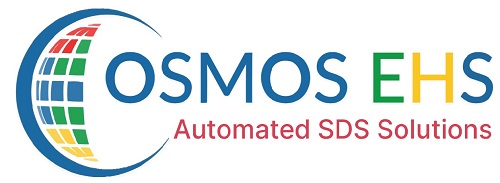The evolution of Safety Data Sheets (SDS) from Material Safety Data Sheets (MSDS) to their current format reflects advancements in hazard communication and regulatory standards. Here’s an overview of this evolution:
1. Material Safety Data Sheets (MSDS):
- MSDSs were the precursor to SDSs and were commonly used before the adoption of standardized formats.
- MSDSs provided information about the physical, chemical, and health hazards of chemicals, as well as safe handling and emergency response procedures.
- MSDSs varied in format and content, leading to inconsistencies and difficulties in interpretation.
2. Introduction of Globally Harmonized System (GHS):
The Globally Harmonized System of Classification and Labelling of Chemicals (GHS) was developed by the United Nations to standardize hazard communication worldwide.
GHS introduced a standardized format for SDSs, with 16 sections covering specific information about hazardous chemicals.
3. Transition to Safety Data Sheets (SDS):
In response to the adoption of GHS, many countries transitioned from MSDSs to SDSs to align with the standardized format.
SDSs retained key information from MSDSs but followed a consistent structure defined by GHS, making them easier to understand and interpret.
4. Standardized Sections:
SDSs include standardized sections such as identification, hazards identification, composition, first-aid measures, fire-fighting measures, accidental release measures, handling and storage, exposure controls, physical and chemical properties, and regulatory information.
The standardized format of SDSs allows for easier comparison of information across different chemicals and facilitates better hazard communication in workplaces.
5. Emphasis on Hazards and Precautions:
SDSs place greater emphasis on hazard identification, classification, and precautionary measures to protect workers and the environment.
By providing comprehensive information about chemical hazards and safe handling procedures, SDSs contribute to improved workplace safety and risk management.
6. Digital Accessibility:
With advancements in technology, SDSs are increasingly available in digital formats, making them more accessible to workers and facilitating easy retrieval and dissemination of information.
Overall, the transition from MSDSs to SDSs represents a significant improvement in hazard communication, standardization, and clarity of information about hazardous chemicals. By adopting SDSs and adhering to GHS standards, organizations can enhance workplace safety, ensure compliance with regulations, and promote effective risk management practices.
